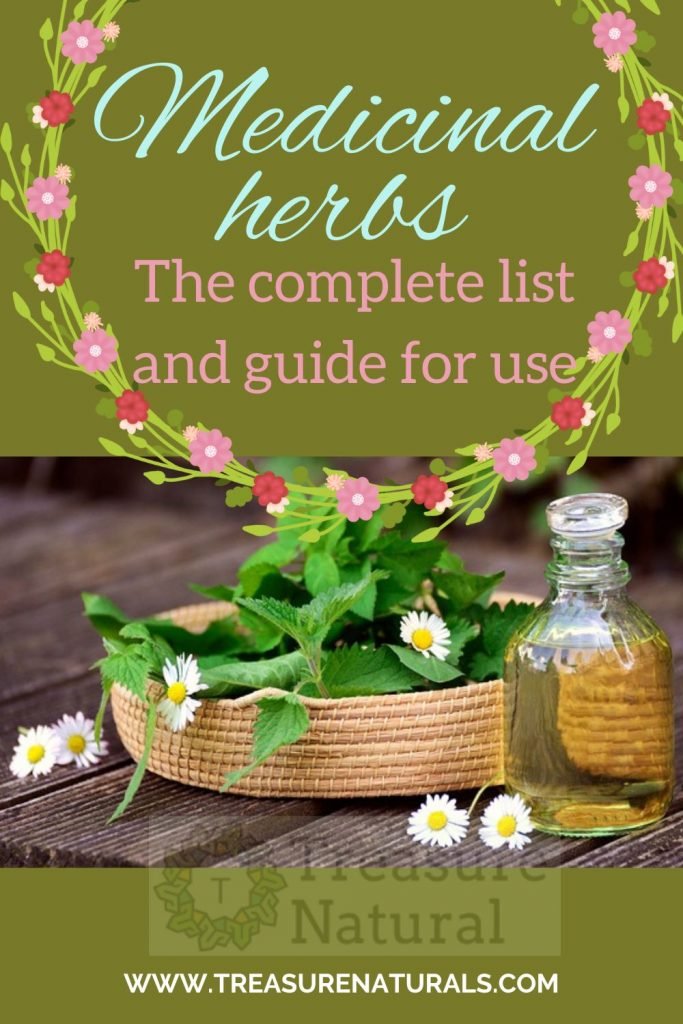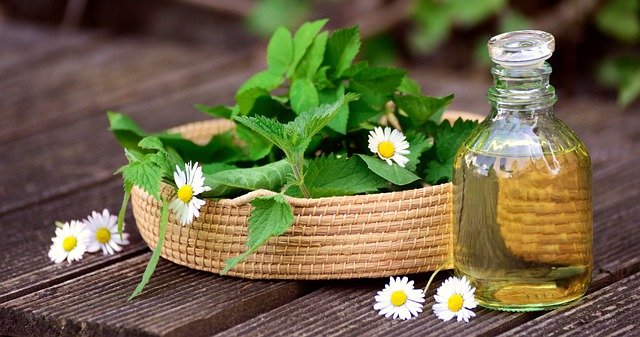
Healing with medicinal herbs is one of the activities that man has practiced for millennia, having learned to recognize their numerous properties and therapeutic, as well as cosmetic and culinary, properties.
Almost every herb seems to contain some virtue. A philosopher and writer, used to say: ” A weed is only a plant whose virtues have not yet been discovered “.
In fact, this quote could be considered the naturalistic paradigm of those who believe that healing with herbs is possible, thanks to their infinite healing virtues.
To explain the healing properties of medicinal herbs, phytotherapy is often used, which is a therapeutic method that uses the natural extracts of these herbs to fight diseases.
Phytotherapy
With phytotherapy we mean the use of medicinal herbs and their therapeutic applications. In fact, for centuries plants have been considered the main sources of medicinal substances to support the well-being and health of humans and animals through the preparation of a pack, a decoction, an ointment or a poultice, potions considered almost magical’.
The simple popular belief has turned into scientific research with the birth of traditional Chinese medicine, the Indian Ayurvedic tradition and that of the Western world that comes from the Greek and Roman experience.
Finally, herbal art has identified, selected and classified the various types of plants, distinguishing simple herbs from medicinal plants, spices and aromatic plants and orienting their cultivation and use for purely therapeutic, cosmetic and nutritional purposes.
Herbs are perfect natural remedies for many of the most common ailments and ailments, avoiding the unpleasant side effects of modern ‘conventional’ medicines, which are based on the active ingredients present in Nature.
But is the effectiveness of herbal medicine recognized or not?
Healing with herbs means using what Nature makes available to us, a practice also recognized by the WHO which defined medicinal plants as “plant organisms that contain active ingredients capable of treating and alleviating ailments and diseases in humans and animals“.
Each plant corresponds to a therapeutic active ingredient capable of treating a specific pathology, disorder or malaise.
The set of all the active ingredients present in a medicinal plant is called a phyto-complex. For this reason it is important to know the properties common to plants and to know how to use them when necessary.
Furthermore, the active ingredients of plants can have greater efficacy when combined in a compound or in a galenic preparation.
Medicinal herbs: the active substances
In general, the most common beneficial substances in herbs from which the most important benefits for mind and body are obtained are:
- Alkaloids. They are organic nitrogenous constituents effective for the treatment of various pathologies as they are capable of notable pharmacological effects. Alkaloids include substances that act on the neuromuscular system such as caffeine, morphine, nicotine and mescaline. Given the strong exciting but also depressing properties, alkaloids must be taken under strict medical supervision to avoid effects or dangerous interactions with other drugs. The plants richest in alkaloids are tea, coffee, tobacco, and in general, all plants belonging to the ranuncolaceae, solanaceae, papaveraceae families.
- Polyphenols. They are powerful natural antioxidants capable of counteracting cellular aging caused by free radicals. The tannins classified as polyhydroxyphenol compounds that are extracted from barks, roots, fruits and leaves belong. They perform an astringent action and are therefore indicated in the treatment of injuries and wounds to promote tissue healing. Furthermore, their use is recommended for the treatment of hemorrhoids and fissures; for internal use they are used to combat diarrhea, enteritis and inflammatory states of the intestine and gastric mucosa.
Important: whether they are antibiotics, antimicrobials, antioxidants, laxatives, soothing, anti-inflammatory, calming, purifying, hypoglycemic, expectorant and sedative, the effects of the active ingredients of herbs and plants in the care of human health must be properly weighted on the advice of an expert or of your doctor.
- Flavonoids (or biflavonoids) are similar in characteristics to polyphenols as they perform a similar antioxidant and coloring function. Some produce glycosides or the substances responsible for storing sugars (ginseng, echinacea, licorice, rhubarb).
- Terpenes (or terpenoids) characterize the essential oils most used in cosmetics; they are responsible for the smells and fragrances of flowers and plants: just think of limonene, camphor and menthol.
- Starches. Derived from the transformation of sugar and characterized by a high degree of digestibility, starches are generally taken in synergy with other active ingredients, in particular as a basis for dietary products.
- Glycosides. They are chemical compounds made up of a sugar group and a non-sugar group called aglycone. Given the effect they are able to have on the human body, their use is to be recommended under strict medical supervision. The main glycosides perform important cardiotonic, anti-inflammatory, analgesic, diuretic, rheumatic, laxative, vasodilating, antispasmodic, antiseptic and sweat functions. Some types of glucosides, if ingested in excessive doses, can be poisonous and cause cardio-circulatory arrest.
- Mucilage. More than an active ingredient, mucilages are the result of a vegetative process. In contact with water, they expand, becoming viscous and sticky. Their effectiveness has been tested in the treatment of inflammatory conditions of the respiratory tract, irritation of the gastric and intestinal mucosa. The mucilage of mallow and marshmallow, and of psyllium seeds are the most used for natural therapies for the treatment of sore throats, pharyngitis, laryngitis, because these plants are richer in these active ingredients.
- Essential oils. Given their infinite beneficial properties, essential oils are among the substances of natural origin most used in phytocosmetics and phytotherapy. Generally essential oils have a stimulating action on the skin and mucous membranes and expectorant and fluidifying on the respiratory system. The plant varieties richest in essential oils are those belonging to the labiatae (mint, sage), pinaceae (mountain pine) and umbelliferous (anise, fennel) families.
Medicinal herbs and typical ailments of women
Among the typically female disorders most commonly treated we find:
- menstrual cramps
- menopause
- cystitis
Medicinal herbs and seasonal ailments

Medicinal herbs are often used:
- for colds
- for sore throat
Whatever the ailment that afflicts us, in short, nature is almost always able to offer an effective cure. Healing with herbs, exploiting the benefits of plants means respecting the natural balance of the organism and preventing (as well as treating) the ailments resulting from negative external stimuli, incorrect eating habits and hectic lifestyles.
In other words, it means rediscovering the well-being of body and mind, as nature teaches.






